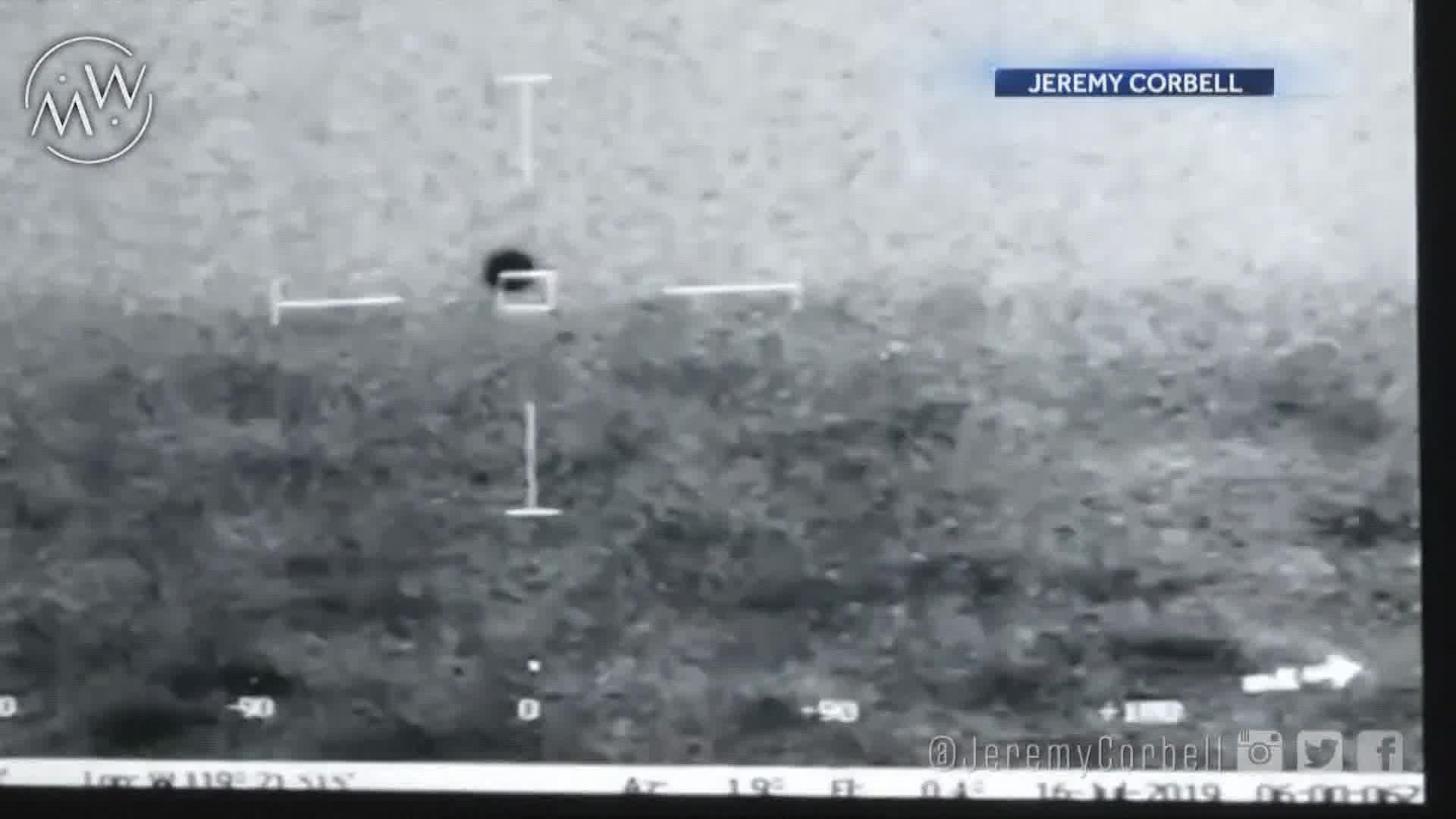WASHINGTON — A team of scientists and experts on Monday began a new study into unidentified aerial phenomena (UAP), formerly known as UFOs, NASA announced. The nine-month study will "lay the groundwork for future study on the nature of UAPs for NASA and other organizations," the space agency said.
The team, announced on Friday, includes former astronaut Scott Kelly along with 15 other scientists and experts in fields ranging from computational data science, physics, astrophysics, astronomy, oceanography and several other disciplines. NASA had announced in June that the team would be led by David Spergel, the president of the Simons Foundation and an astrophysicist who formerly chaired Princeton University's astrophysics department.
The study will focus exclusively on unclassified data, NASA said.
"The team will identify how data gathered by civilian government entities, commercial data, and data from other sources can potentially be analyzed to shed light on UAPs," the agency said. "It will then recommend a roadmap for potential UAP data analysis by the agency going forward."
NASA noted that, "without access to an extensive set of data, it is nearly impossible to verify or explain any observation, thus the focus of the study is to inform NASA what possible data could be collected in the future to scientifically discern the nature of UAP."
A report is expected to be publicly released in mid-2023.
"Exploring the unknown in space and the atmosphere is at the heart of who we are at NASA," said Thomas Zurbuchen, associate administrator for NASA's Science Mission Directorate. "Understanding the data we have surrounding unidentified aerial phenomena is critical to helping us draw scientific conclusions about what is happening in our skies. Data is the language of scientists and makes the unexplainable, explainable."
The effort is separate from the work of a Defense Department group that has been investigating UAP incidents reported by aviators for several years, but NASA noted in June that the agency has "coordinated widely across the government regarding how to apply the tools of science to shed light on the nature and origin of unidentified aerial phenomena."
The number of reported encounters with UAPs has exploded in recent years as the military has encouraged pilots to document their experiences, citing possible national security threats. The incidents acknowledged publicly typically involve strange objects zooming at high speeds across vast distances, with no apparent propulsion system.
A report by the Office of the Director of National Intelligence (ODNI) and the Pentagon's UAP Task Force issued last year found no evidence to suggest the objects originated from a foreign adversary or were extraterrestrial in nature, but investigators also could not explain most of the incidents.
Pentagon officials working to identify the origins of UAPs testified in May before a House subcommittee in the first public hearing on the matter in more than 50 years. They told lawmakers the number of reported encounters had grown to about 400 over nearly 20 years, with 11 "near-misses" between the objects and military jets.

